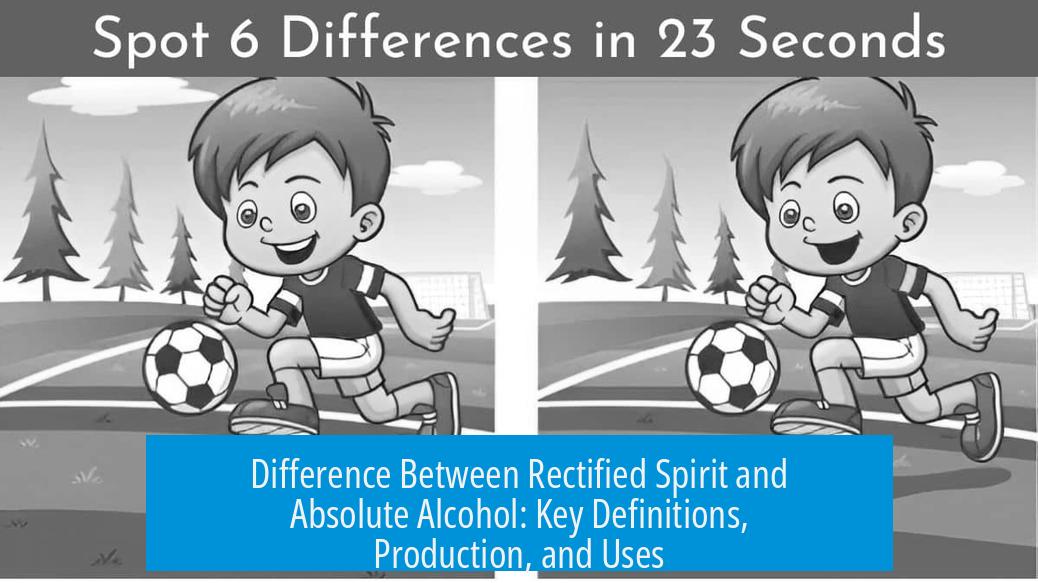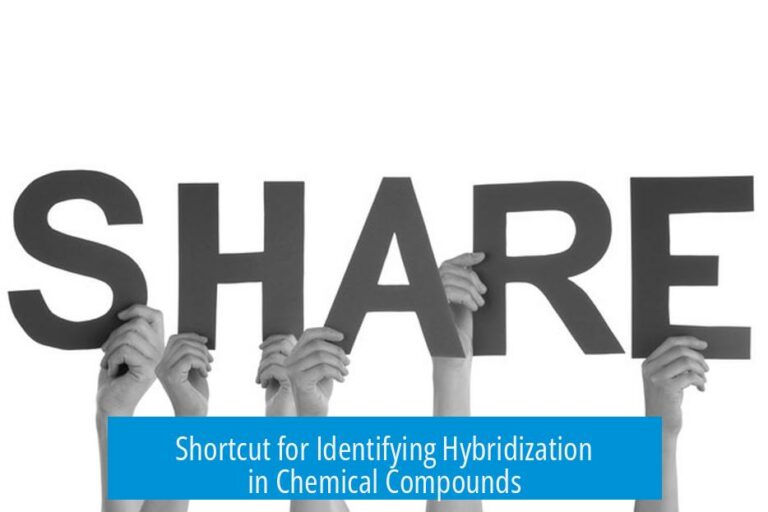Difference Between Rectified Spirit and Absolute Alcohol
Rectified spirit typically contains about 95% ethanol by volume, while absolute alcohol is nearly 100% pure ethanol, often exceeding 99% concentration.
Definition and Purity Levels
- Absolute Alcohol: Refers to ethanol purified to the highest possible concentration, generally above 99%. It contains minimal water content and impurities.
- Rectified Spirit: Ethanol obtained by distillation with approximately 95% ethanol and 5% water. It is less pure than absolute alcohol.
Production Methods
Rectified Spirit is produced solely by repeated distillation. However, ethanol and water form an azeotrope at about 95% ethanol concentration. This azeotropic nature limits purity achievable by distillation alone.
To obtain Absolute Alcohol, additional processes beyond distillation are necessary. These methods may include drying agents like molecular sieves or chemical dehydration. The goal is to remove the remaining water and produce ethanol as close to 100% purity as possible.
Summary of Differences
| Aspect | Rectified Spirit | Absolute Alcohol |
|---|---|---|
| Purity | ~95% ethanol (5% water) | > 99% ethanol (nearly anhydrous) |
| Production | Distillation only | Distillation + dehydration methods |
| Water Content | Higher (~5%) | Minimal (~0.1% or less) |
Applications and Uses
Rectified spirit is commonly used in pharmaceutical preparations, laboratory work, and in some alcoholic beverages where water content is acceptable. Absolute alcohol is required when water presence must be minimized, such as in chemical synthesis, spectroscopic analysis, or preparation of certain industrial solvents.
Key Takeaways
- Rectified spirit is about 95% ethanol and contains 5% water.
- Absolute alcohol exceeds 99% ethanol purity, with very low water content.
- Distillation alone limits ethanol purity to about 95%, requiring extra steps to reach absolute alcohol.
- Absolute alcohol serves specialized industrial and scientific roles needing near-anhydrous ethanol.
- Rectified spirit suits general purposes where slight water presence is acceptable.





Leave a Comment